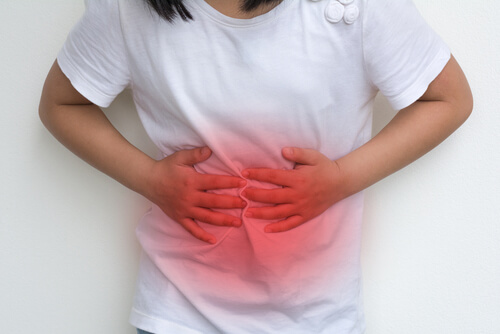
Gastritis is a generalized term that is used to describe a number of afflictions of the stomach. These afflictions irritate, inflamed, or erode the stomach lining, and can come on suddenly or gradually. If the condition comes on suddenly, it is known as acute gastritis; if it comes on gradually, it is known as chronic gastritis.
There are a number of factors that can gastritis. Some of the most common causes include drinking excessive amounts of alcohol, vomiting repetitively, prolonged stress, or taking certain types of medications that can damage the stomach, such as aspirin. Gastritis can also be caused by a type of bacteria known as Helicobacter pylori, which lives within the lining of the stomach, an infection that is sparked by bacteria or viruses, or a reflux of bile from the bile tract that flows into the stomach.
No matter what the cause, gastritis is usually marked by some very distinguishable symptoms, including the ones mentioned below.
1. Pain in the abdomen
Of all of the symptoms that are associated with gastritis, abdominal pain is the most common. Many patients who are afflicted with this conditions report that a feeling of pain in the abdomen was the first sign that indicated they had gastritis. The pain usually occurs in the upper left quadrant of the abdomen, where the stomach is located; however, it can also extend to other parts of the abdomen.
Additionally, the pain can range in severity from mild, dull, and achy, to sharp, stabbing, and gnawing pain. The symptoms often tend to be worse after eating, though they can be present at all times. It makes sense that abdominal pain is one of the most common symptoms associated with gastritis, as this condition is caused by inflammation, erosion, or irritation in the lining of the stomach. If you notice questionable pain in your abdomen, you should see your doctors to rule out gastritis.


